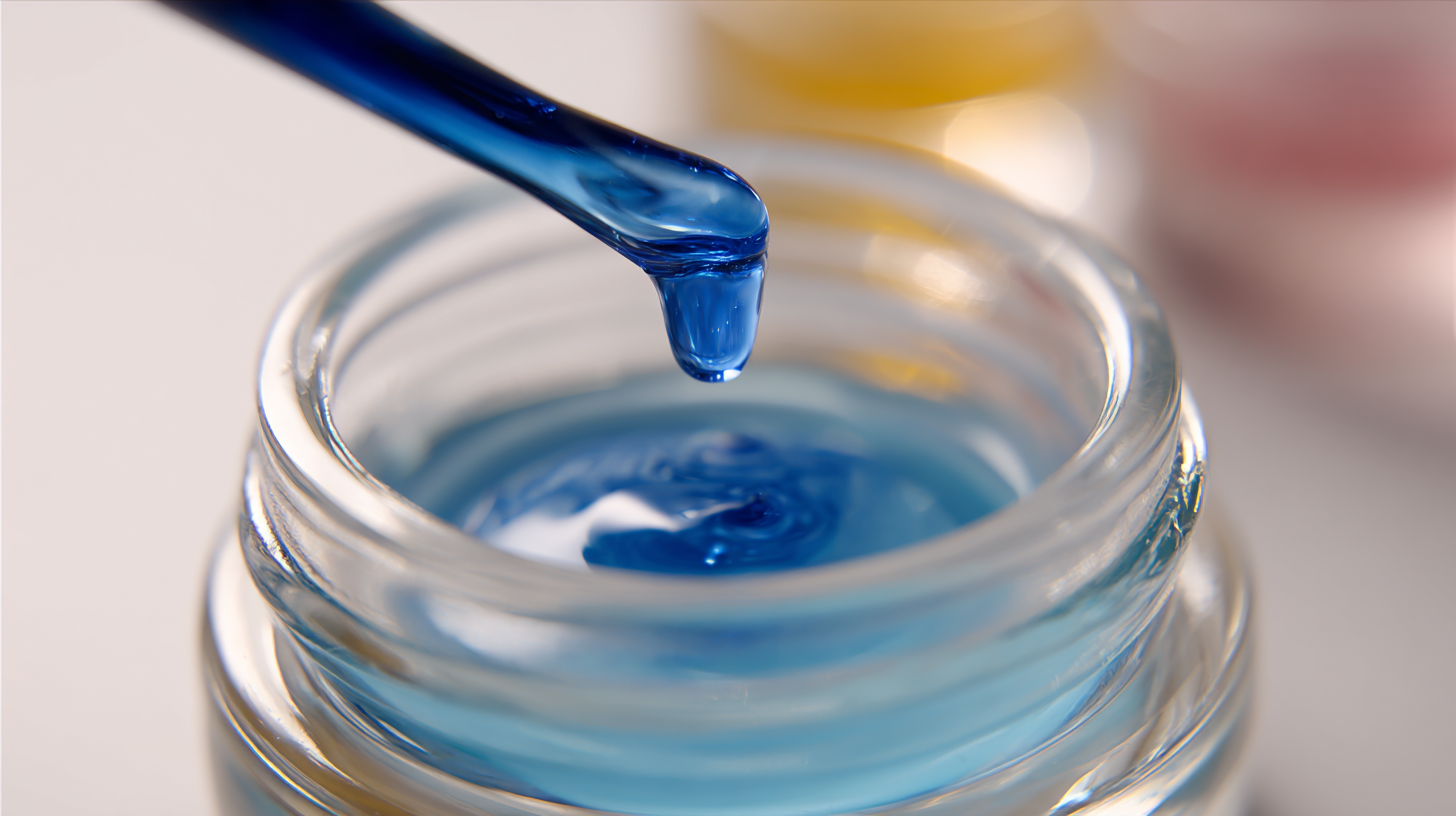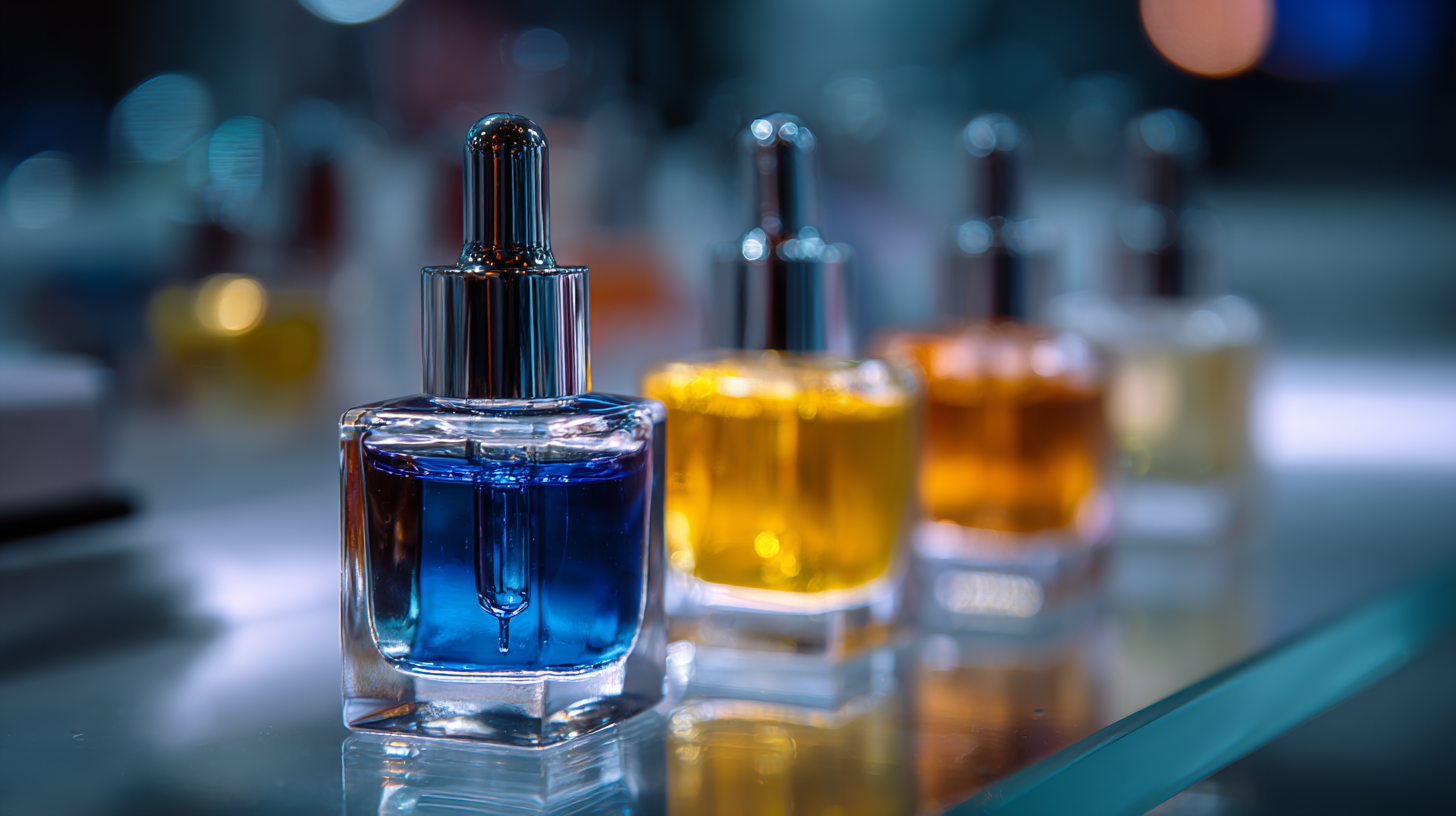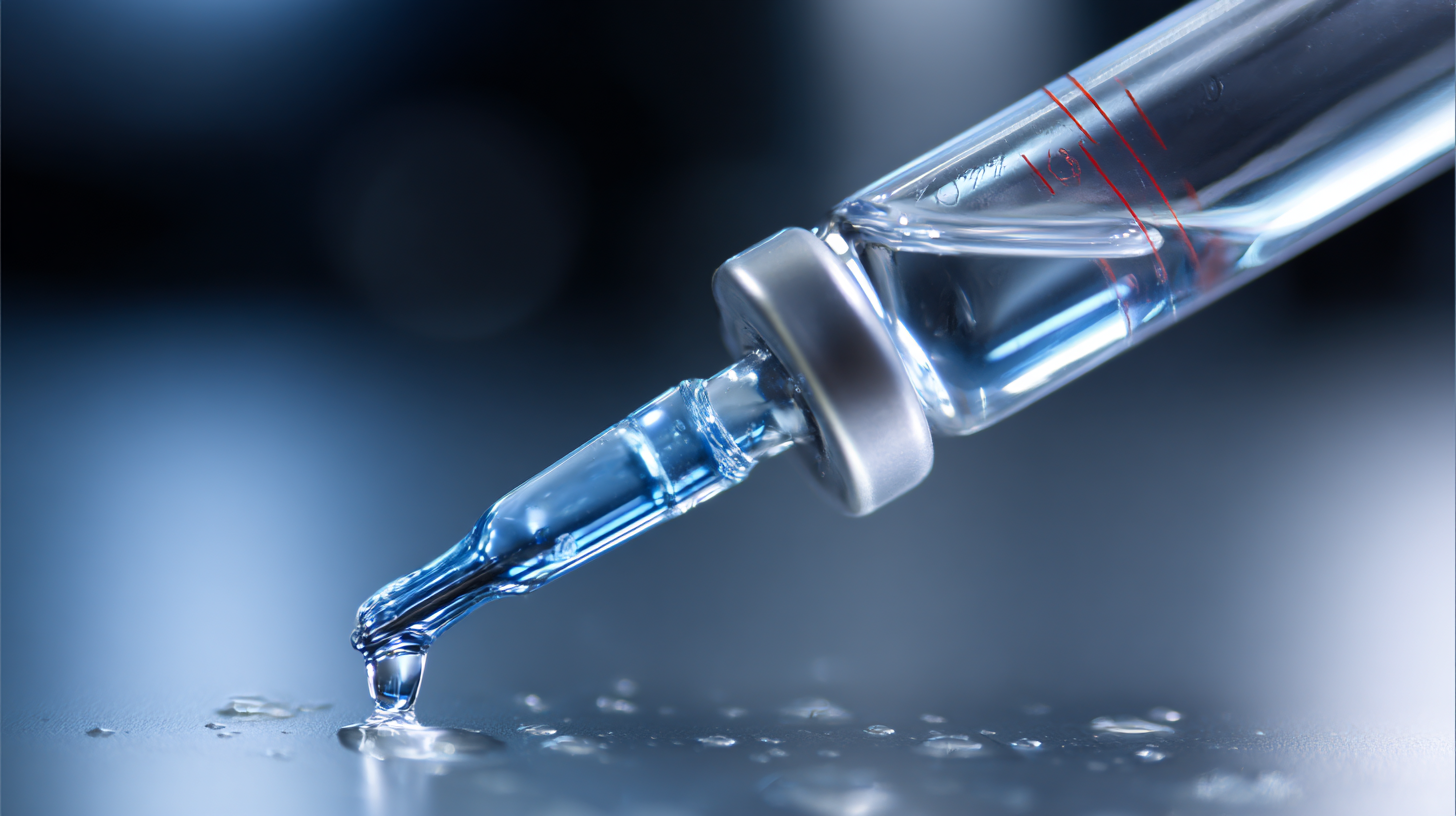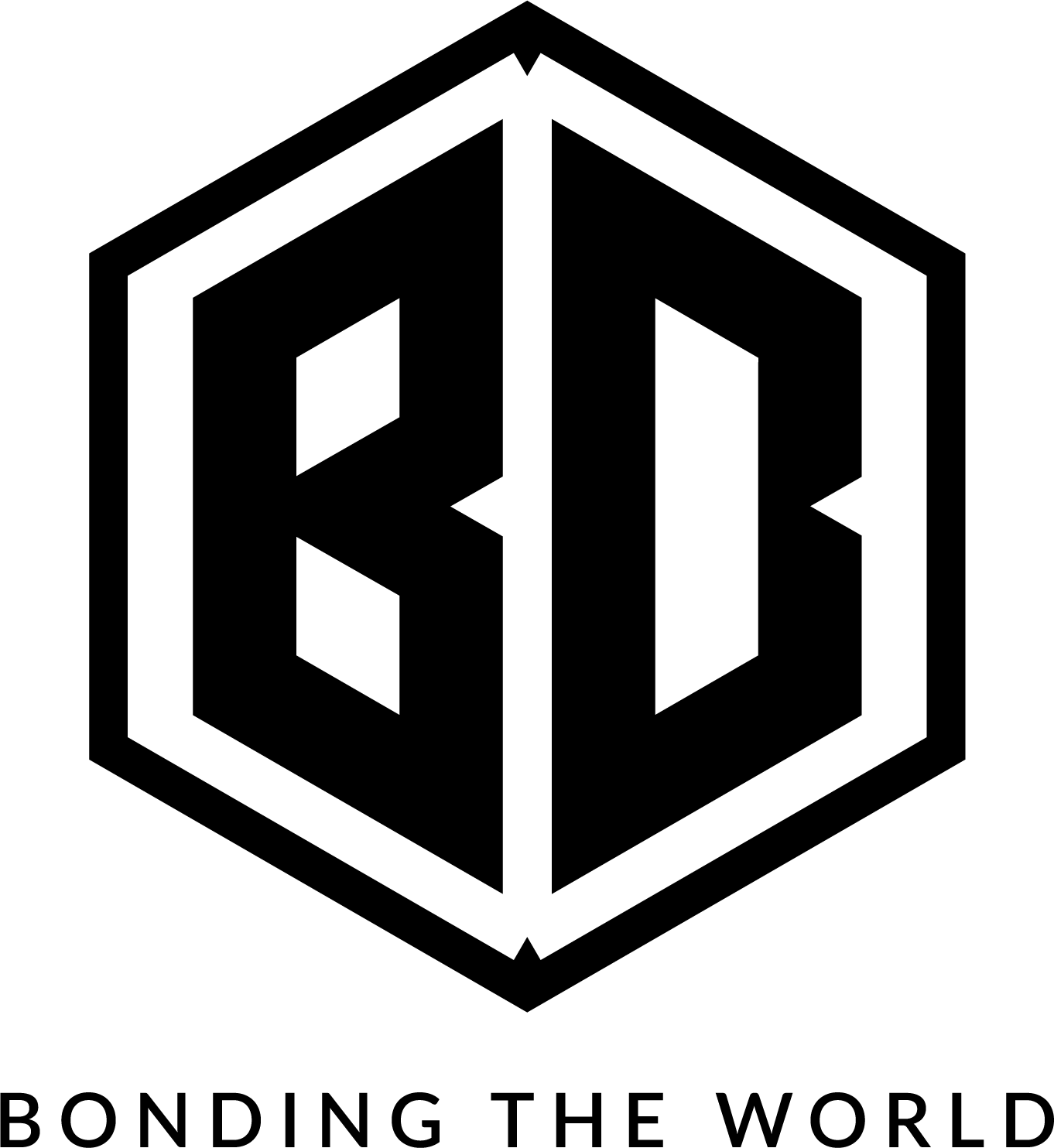Inquiry
Form loading...
As the construction and manufacturing sectors continue to evolve, the demand for high-quality materials, such as Liquid Sealant Nails, has surged globally. According to a recent report by Grand View Research, the global adhesive market is expected to reach USD 63.5 billion by 2028, with a significant portion attributed to sealant products, highlighting the industry's robust growth. This trend emphasizes the critical need for reliable solutions that ensure durability and performance in various applications. With China's reputation for producing superior quality materials, it has emerged as a leading supplier for global buyers seeking exceptional Liquid Sealant Nails. This blog will delve into alternative solutions available in the market, showcasing how these products can meet the diverse needs of customers while maintaining the highest standards of quality and effectiveness.

When exploring alternative solutions to the best liquid sealant nails, it's essential to identify key properties that make liquid sealants effective for various applications. The primary considerations include adhesion strength, flexibility, and resistance to environmental factors. A high adhesion strength ensures that the sealant forms a robust bond with different substrates, which is crucial in construction and automotive industries. Flexibility, on the other hand, allows the sealant to accommodate movements due to temperature changes or structural shifts without cracking or losing its effectiveness.
Additionally, resistance to moisture, UV rays, and chemicals further enhances the reliability of a liquid sealant. For projects in wet or outdoor environments, sealants that can withstand these elements are vital to ensure long-lasting performance. Buyers should also consider the curing time and ease of application, as these factors can significantly impact productivity. By understanding these specific properties, global buyers can make informed choices that align with their project requirements and ensure optimal outcomes.
In the global market for liquid sealants, a comparative analysis reveals the diverse range of solutions available to buyers. Industry reports indicate a growing demand for sealing membranes, with the market projected to witness significant expansion by 2030. Notably, liquid-applied membranes are gaining traction in various sectors due to their versatility and ease of application. Reports estimate the sealing membranes market will continue to experience notable growth, supported by advancements in material technologies and increasing construction activities worldwide.
Moreover, the global tackifier market, valued at approximately USD 4.15 billion in 2023, is anticipated to meet a CAGR of 4.9% from 2024 to 2030. This growth can be attributed to rising application areas in adhesives and sealants, making tackifiers integral to the manufacturing process. As buyers explore alternative liquid sealants, understanding the competitive landscape and available products in the market becomes crucial in making informed decisions. The integration of innovative solutions and sustainable practices will likely shape the future trends of this thriving market.
The landscape of liquid sealants is rapidly evolving, thanks to innovative ingredients that are transforming their effectiveness and application. Recent trends indicate a significant shift towards environmentally friendly formulations, harnessing natural materials such as plant-based polymers and bio-based resins. These alternatives not only reduce the environmental footprint but also enhance the overall performance of sealants, offering superior adhesion and durability.
Moreover, advancements in technology have led to the development of smart sealants that can adapt to their environment. These innovative products are capable of changing viscosity based on temperature and humidity, ensuring a tighter seal in fluctuating conditions. This adaptability makes them ideal for diverse applications, from construction to automotive industries. By focusing on these cutting-edge ingredients and technologies, manufacturers can better meet the demands of global buyers seeking reliable and sustainable sealing solutions.
| Sealant Type | Key Ingredients | Application Area | Curing Time | Durability |
|---|---|---|---|---|
| Silicone Sealant | Silicone Polymer | Bathroom & Kitchen | 24 hours | 10-25 years |
| Polyurethane Sealant | Polyurethane Polymer | Construction & Automotive | 48 hours | 20 years |
| Acrylic Sealant | Acrylic Polymer | Interior & Exterior | 1-2 hours | 5-10 years |
| Butyl Sealant | Butyl Rubber | Roofing & Windows | 3 days | 15 years |
| MS Polymer Sealant | Modified Silane Polymer | Various Applications | 24 hours | 30 years |
 When it comes to achieving optimal results with liquid sealants, employing best practices during application is crucial. According to a report by the American Society of Home Inspectors, improper application can lead to a staggering 30% reduction in the sealing performance. Therefore, understanding the techniques that enhance adhesion and longevity is essential for both DIY enthusiasts and professionals alike.
When it comes to achieving optimal results with liquid sealants, employing best practices during application is crucial. According to a report by the American Society of Home Inspectors, improper application can lead to a staggering 30% reduction in the sealing performance. Therefore, understanding the techniques that enhance adhesion and longevity is essential for both DIY enthusiasts and professionals alike.
One of the foremost practices is surface preparation. Clean, dry surfaces allow liquid sealants to bond more effectively, preventing premature failure. The Sealant, Waterproofing, and Restoration Institute emphasizes that residues from previous coatings or contaminants can significantly hinder performance. Additionally, utilizing a proper application method—such as using a caulking gun or specific applicator—ensures an even, controlled bead, reducing the likelihood of gaps that could compromise the seal. In fact, a study published in the Journal of Construction Engineering highlighted that meticulous application techniques can improve the lifespan of the sealant by up to 40%.
Furthermore, temperature control plays a significant role. Optimal application conditions, typically between 50°F and 100°F, can enhance the curing process. The National Institute of Standards and Technology advises that liquid sealants can be adversely affected by extreme temperatures, which may lead to improper curing and eventual failure. By adhering to these best practices, global buyers can ensure that their liquid sealants perform effectively and stand the test of time.
As global awareness of environmental issues continues to rise, the search for eco-friendly alternatives in sealant options has become increasingly relevant. Traditional liquid sealants often contain harmful chemicals that can negatively impact air and water quality. However, there are several innovative products on the market designed to minimize their ecological footprint. For instance, bio-based sealants synthesized from renewable resources offer a promising solution that maintains functionality while reducing environmental harm. These sealants not only provide excellent adhesion and durability but also ensure lower volatile organic compound emissions.

Another alternative gaining traction among consumers is silicone sealants infused with recycled materials. By repurposing waste products, these sealants contribute to the circular economy while delivering performance comparable to conventional options. Furthermore, these eco-friendly choices often boast enhanced longevity, reducing the frequency of reapplication and the associated waste. As buyers become more conscientious about their choices, brands that prioritize sustainable manufacturing processes are likely to lead the market. In this evolving landscape, the focus on evaluating and adopting environmentally responsible sealant options marks a significant shift towards sustainable building practices.
